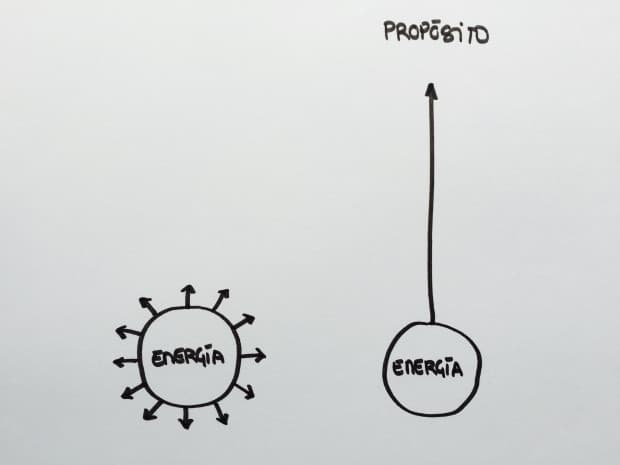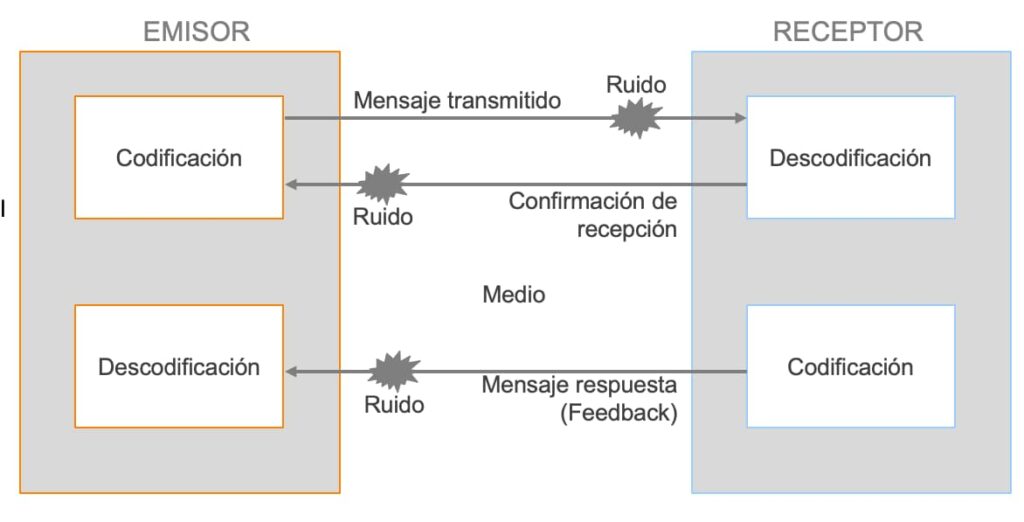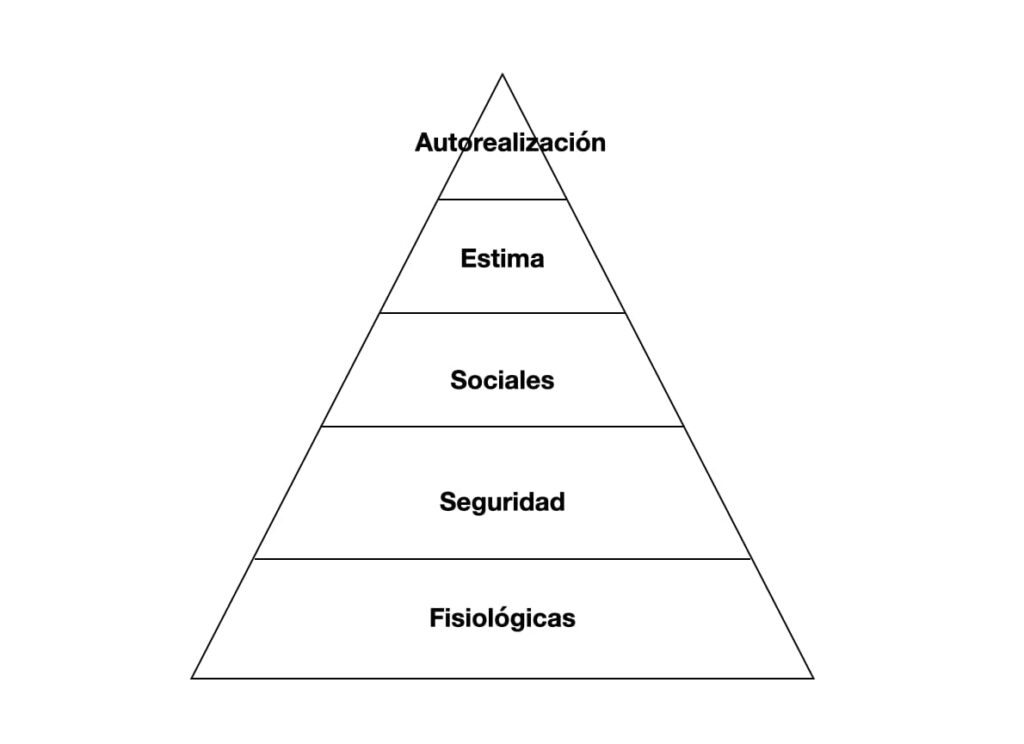Human behavior
Do you invest enough in understanding and developing your human side?
Bad personal relationships are the cause of the vast majority of business failures.
“About 90% of a project’s problems can be traced down to a communication problem.”
Guarnuccio, J., 2010
Being able to understand human behavior and develop skills such as communication, negotiation, influence, motivation, leadership, teamwork, conflict management, team development, political awareness, cultural awareness, etc., is essential to progress in our profession (whatever) and lead a nice life.
Featured publications on Human behavior

What is talent? Talent is intelligence in action
Tiempo de lectura: 2 minutosCharles Chaplin also connected talent with work (action). His daughter tells us about it in an endearing interview.

The lessons I learned with Momo
Tiempo de lectura: 3 minutosMomo achieves wonderful things with her gift, knowing how to listen. Furthermore, she teaches us to fight the thieves of time and happiness.
A book that culminates the solidarity project of psychologist and friend José Luis Arias.
Tiempo de lectura: 3 minutosInterview: Aragón en Abierto, 2021. “A gift for the soul”, a book that culminates the work of the psychologist José Luis Arias through his free online office for 6 years. Office that he has had to leave due to his illness, ALS.
An altruistic project with excellent results. Interview with the protagonists.
Tiempo de lectura: 3 minutosInterview: Aragón en Abierto TV Program. 2015. Interview with José Luis Arias and Sandra Navarro from Flat 101 about the results obtained in their common solidarity project.
A new project not looking to generate business
Tiempo de lectura: 3 minutosA retired psychologist creates his online practice to continue helping. Now it’s up to us to help him.
Digital gender gap in Spain
Women earn 21% less than their male counterparts in jobs of equal value and occupy only 34% of positions of responsibility.
In the Flat 101 Digital Sessions Women Edition we review the origins, causes and current situation of this gender gap in Spain.
"Un regalo para el alma" by psychologist Jose Luis Arias. By buying each book you help Jose Luis to live with ALS with dignity.
The most frequently asked questions about human behavior
How to use negotiation and communication properly?
Our ability to effectively identify and collaborate with all project stakeholders can make the difference between project success and failure.
Adequate collaboration is associated with adequate communication, influence and negotiation skills, as well as conflict resolution.
Stakeholders are all those people who can influence what I am doing or who can be affected by what I do.
These people must be identified, we must find out their expectations, needs, fears, objectives, etc., and finally, define how we are going to relate to them in order to carry out our work / objective.
The story of how sleeping beauty discovered the importance of good stakeholder management
What are the keys to managing people and teams?
Managing people is one of the most complicated things out there. Bad personal relationships are the cause of the vast majority of business failures.
“About 90% of the problems in a project can be traced down to a communication problem.” (Guarnuccio, J, 2010)
How to boost talent and motivation?
“Talent is intelligence in action” (José Antonio Marina). This definition implies different abilities.
- Proactivity
- Problem resolution
- Creativity and innovation
- Emotional intelligence
- Synthesis capacity
- Leadership
In addition, the action must be well focused. For this we must put into practice the active selection of what is worth investing our effort in.
Investing our energy in many things produces little change.
However, when that same energy is focused on a few activities focused on one direction or goal, with the same effort as before, we will see the satisfaction of making progress in a direction that really matters to us (whatever it is, everyone has the hers). Essentialism (Greg Mckeown)

Essentialism, when less is more. The definitive keys to direct your own life
What are the elements of communication?
The 5 elements of communication are:
- Sender of the message
- Recipient of the message
- Message transmitted
- Code: signals / signs that make up the message
- Channel / Means of communication through which the message is transmitted
- Noise: impediments or interference in the communication process
- Feedback: confirmation of receipt and / or response message
Noise in communication is any impediment that the message finds to reach its destination clearly and clearly, and therefore compromises the understanding of the message: distraction of the receiver, lack of interest or knowledge, difference in language, noise physical, emotional state, personality, cultural differences, biases, bad connections, etc.

What is nonverbal communication?
Non-verbal communication is everything that you transmit through:
- gestures
- facial expressions
- eye contact
- body language
- position
- clothing
- physical distance
- appearance
- intonation, rhythm and tone of voice
We learn to interpret non-verbal communication long before we learn to speak.
Non-verbal communication is very powerful because it shows, sometimes without us knowing how to control it, our feelings and thoughts.
According to researcher Albert Mehrabian, words contribute 7% to the message, tone of voice 38% and facial expression 55%. (Obviously from two people who speak the same language and the conversation is in person).
What are the conflict resolution techniques?
There are 5 general techniques for dealing with conflict:
- Avoid or bypass the problem
- Smooth or reconcile
- Compromise solution
- Force or impose
- Collaborate / Problem Solving
Although a conflict can be addressed with any of these techniques, only the last one, collaboration, resolves it.
Well-resolved conflicts strengthen the relationship of those involved.
Conflicts are inevitable, we know that sooner or later they will appear, but it can be minimized.
The factors that determine the strategy to resolve conflicts are:
- Importance and intensity of the conflict
- Time pressure
- Position of the people involved
- Motivation to resolve the conflict in the short term or long term
The best strategy to face a conflict is to work it as we would with a problem to be solved:
- Analyze the problem
- Identify the cause of the problem
- Identify alternative solutions
- Implement a decision
- Check if the solution solved the problem
In any project, the main causes of conflict are:
- Schedule
- Priorities
- Resources
What are the theories of motivation?
There are many theories about motivation:
- Maslow’s pyramid
- Herzberg Hygienic Factors
- Vroom’s expectation theory
- McGregor Theory X and Theory Y
Maslow’s Pyramid: A level of needs is activated after satisfying the lower level. You will only be able to motivate an individual with the level immediately above the one they are already satisfied with.

Herzberg Hygienic Factors: they are what if they exist, DO NOT motivate, but if they are not, they cause demotivation. For example: salary, decent housing, adequate working conditions, etc.
Vroom’s theory of expectations: it tells us that the force with which I am going to motivate you is a direct relationship between the value of the reward I offer you and the probability of achieving that reward.
Motivational strength = Reward value * Achievement probability
McGregor’s X Theory assumes that human beings are lazy, avoid responsibilities and therefore must be motivated through punishment.
McGregor’s Y Theory assumes that effort comes naturally at work, that commitment to goals is rewarding, and that human beings tend to seek responsibility.
What is negotiation?
Negotiation is a process by which the parties involved move from their initial and divergent position to a point where an agreement can be reached.
Approaches to negotiation:
- Commitment: concessions are made until the right medium is found
- Bargain: concessions are made but the meeting point does not have to be that “right middle”
- Coercion or imposition from a position of force (“you don’t want me to find another provider, do you?”)
- Emotion: good negotiators use emotions as part of their weaponry (“I need you to help me …”)
- Logical reasoning: preparing the case based on facts and data, and conducting a good investigation are great weapons to focus a winning negotiation.
